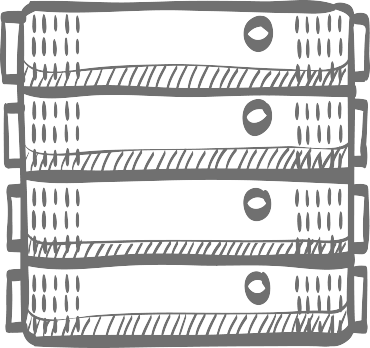On-Premises Enterprise Storage Systems
Before selecting an on-premises storage system, know the difference between object and file storage, the use cases for each, and when they can be used together.
Enterprise Storage
Cloud storage is on everyone’s mind these days, as the promise of lower cost and improved flexibility is desirable. However, there are many reasons to keep your data on-premises. Benefits include having full control over where the data is stored, experiencing improved performance, securing your data behind your firewall, and more.
There are two primary classes of on-premises data storage: object and file. Determining which one is right for you is highly dependent on the kind of data that your organization stores.

What Is File Storage?
File storage has been around for a long time, and it is the file type that most users recognize. Once files are named and put into folders, those folders are then organized in a hierarchy to make locating a file easier with directories and subdirectories. Files have a set of limited metadata that helps identify them, including the file name, file owner, creation date, and date last modified.
File storage works well for smaller files and file systems, but it begins to suffer when the data grows. With file systems, users have to know where the file is located or perform a search function that has to go by limited metadata. File systems have a hard time with the recent influx of unstructured data.
What Is Object Storage?
Object storage works a little differently. Your data is grouped with the metadata information and a unique identifier. While file storage has limited metadata information, object storage metadata is customizable based on your needs. This allows you to include far more information about the data itself. The data is also stored in a flat address. This makes the data far easier to locate, without having to search through directories and subdirectories.
A file storage system’s performance suffers as the data grows and nodes are added. This is due to the additional processing power required. In contrast, an object storage system’s performance can improve as the data and number of nodes grow. The additional processing power works across nodes, making object storage far more scalable.
Read our blog to learn more about the differences between file and object storage.
…READ MORE
Identify the Best Storage Options for Your Organization
Users do not have to choose between file and object storage; they work great in concert. Traditional structured data, such as your ERP system, can perform extremely well on file storage, while unstructured data, such as email and video, performs better with object storage.
Need help sorting out which storage options are best for you?
The Mainline enterprise data experts are here to assist.
